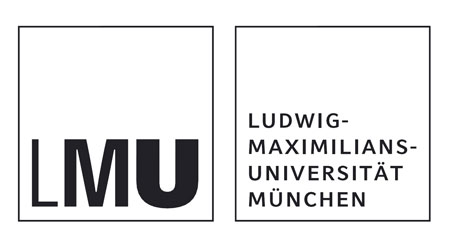Apparently the structure and shapes of proteins is claimed to determine their functions. Accurate identification of a protein antigen by the immune system’s antibodies may possibly distort its shape so as to greatly disturb its function.
A new research led by Professor Heinrich Leonhardt from the LMU-Biocenter, Professor Karl-Peter Hopfner from the LMU Genecenter, and the LMU biologist Dr. Ulrich Rothbauer who also heads the LMU spin-off ChromoTek appears to demonstrate the function of unconventionally small antibodies called nanobodies. These were observed by the researchers to modulate the properties of the Green Fluorescent Protein (GFP) with distinct precision.
GFP could perhaps be associated to other proteins and may be utilised for keeping a track of the dynamic changes occurring in living cells. The experts believe that the ability to modify the parameters of GFP fluorescence could broaden its utility as an intracellular marker. This new analysis could more importantly offer the structural basis of how nanobodies could particularly manipulate proteins in subtle ways. This may pave the way for novel experimental possibilities.
Antibodies are known to be specialized proteins capable of marking foreign substances as targets for an immunological attack. This appears to make them an ideal tool for research and therapy mainly because of their ability to bind specifically to almost any chemical structure. However conventional antibodies are observed to be very large and appear to clump in living cells. Interestingly camels and their South American relatives seem to generate antibodies which are considerably smaller. The identification territory of these structures seems to form the basis of so-called nanobodies. These appear to retain their binding activity within cells.
In order to obtain nanobodies specific for GFP, the LMU team and their colleagues from the TU Darmstadt, the Free University of Brussels and the LMU spin-off ChromoTek claim to have primarily immunized alpacas with GFP. They then seem to have transferred the genetic information that corresponded to antibodies. This comprised of those specific for GFP – into bacteria.
Dr. Ulrich Rothbauer of ChromoTek explains, “These antibody fragments were synthesized by bacteria and could be tested for the ability to bind GFP. Seven such nanobodies were identified from a large nanobody library.â€
Shaped like a barrel, GFP is found to be open at both ends. Apparently the light-absorbing structure essential for fluorescence namely the chromophore forms spontaneously inside the barrel. Green fluorescence may be a consequence of absorption of light and the response appears to depend on the exact conformation of the protein. It was found that two of the nanobodies showed noteworthy effects on the signal emitted by isolated GFP.
“Binding of one enhanced fluorescence fivefold, the other reduced it by fourfold, essentially allowing us to turn the signal on or offâ€, comments Rothbauer. How this is achieved was revealed by structural studies at the Gene Center:
“Our structural studies of the bound complexes showed that one nanobody pushed a particular region of the protein closer to the chromophore, while the other tilted it away†further shares Axel Kirchhofer, the first author of the study.
The researchers built cells that could synthesizd a hormone receptor tagged with GFP in the cytoplasm expressing the enhancer on the inner face of the nuclear membrane. This was done to ascertain if the enhancing nanobody could function as a sensor for GFP-linked proteins in cells.
“We were able to follow the process by measuring the fluorescence induced when the GFP tag was captured by the nanobody. This very successful collaboration between cell and structural biologist demonstrate that nanobodies recognize, induce and stabilize alternative protein conformations and that they can be used to study their functional significance in vivoâ€, says Rothbauer.
The distinct finding is published in Nature Structural and Molecular Biology online.

